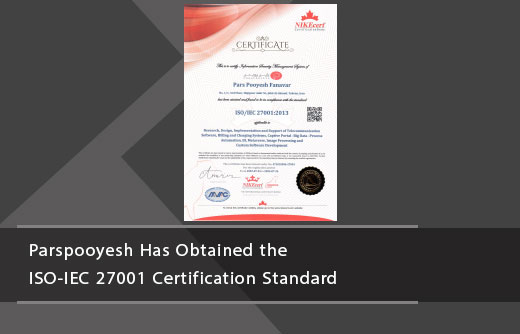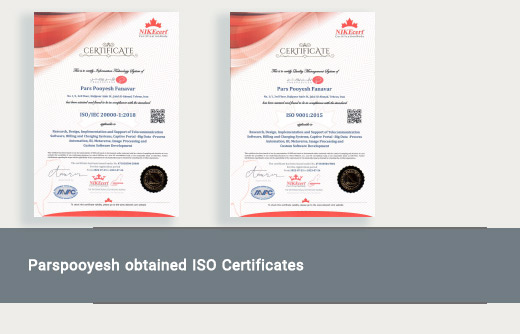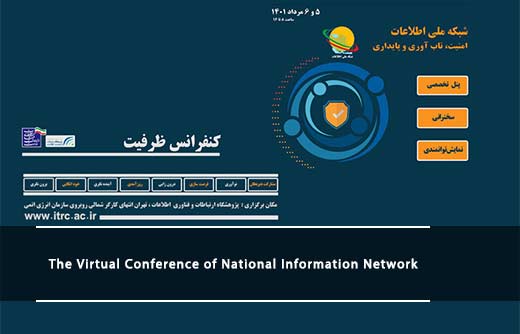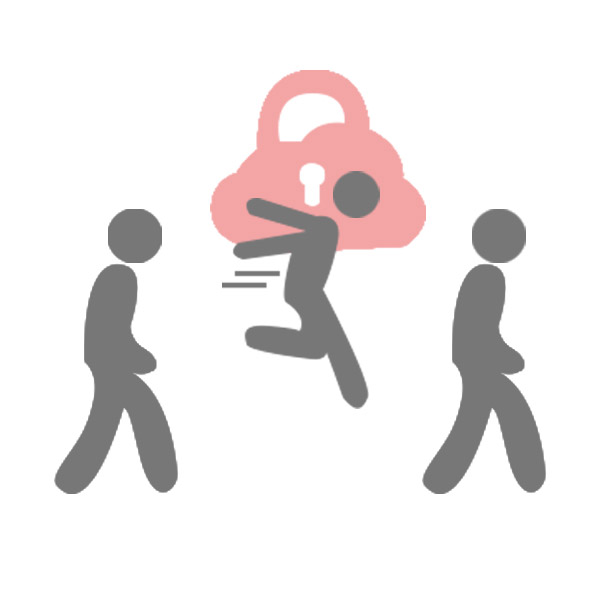In the following, we will tell you what the concept of High-Risk user is and what you can do to protect your organization against security and internal threats effectively.
Typical scenarios for High-Risk users
To put it simply, the people inside the organization are not like each other, and some of them may be threatening and dangerous to the organization. For this reason, it is necessary to know who High-Risk users are and to prevent damage to the organization, adopt unique strategies to protect the organization against internal threats. First of all, let's take a look at the common scenarios of High-Risk users.
High-Risk user access
In general, the more authority and access the user have, the greater the risk to the organization. Crowd Research Partners report shows that authorized users in various enterprise networks are among the most significant security threats that threaten more than 55% of organizations. An internal user (employee, contractor, or manager) may need more access than others because of their job position or position. For example, IT personnel sometimes need to have high-level access, access that is only given to the System Administrator.
Some people may take advantage of this opportunity and gain more access and permissions by extracting personal information (such as email, passwords, identification codes, etc.) to damage the information of individuals and organizations seriously. It is also possible that several users within the organization will have access to certain types of highly sensitive and critical data to perform their tasks. For example, an organization's sales department may need the company's IP list of customers and the product management team, so it should be noted that internal threats are prevalent in an organization and can occur from any user.
According to Verizon's Data Breach research report, abuse of authority and access by individuals within the organization accounts for 30% of all administrative violations. So in many cases, users with more access may cause problems for the organization not only because they intend to do so, but also because we are all human and sometimes make mistakes. Therefore, educating users correctly and effectively to use the access and authority correctly helps a lot to reduce the risk in the organization. Finally, while some users need privileges and access to perform their tasks, this may have implications for the organization. We recommend that you continuously monitor the access and authority you give to people in the organization so that the Principle of least privilege is best applied to all people within the organization.
Vulnerable users
Vulnerable users are another type of High-Risk users who are attacked in various organizations. Simply put, some users may be compromised for financial or other reasons by an outsider who intends to access internal data and resources. This may seem unrealistic at first glance, but in fact, many cybersecurity experts and specialists believe that even such security breaches can cause problems for different countries and endanger the security of people in the community. Drop because the intruder can use the user information of a person or persons within the organization to infiltrate the organization's network and cause severe and irreparable damage to the organization's infrastructure. To this end, it is essential to identify individuals who may be at risk of becoming a tool for espionage.
The thing about these types of users is that it is often not easy or even possible to identify who is being targeted. In the following, we will talk about why a moral and rational approach, focusing on monitoring user activity and data, is the best way to reduce the potential risk posed by such users.
How to avoid High-Risk users?
Now that we are familiar with typical examples of High-Risk user scenarios and their effects on the organization, we will outline ways to avoid such users. Organizations cannot be safe from all threats due to time constraints, so you should know High-Risk users well before the disaster. One way to do this is to identify and monitor them based on their job position, position, as well as the access and authority they are given. You can use a dedicated Insider Threat Management Platform to identify high-risk users and monitor their activities continuously and actively.
Monitor and control users' access and privileges
As mentioned, managing, monitoring and controlling user access and authority is the best way to prevent any harm to the organization. Always use the Principle of least privilege when determining who has access to which data and system in the organization. Dividing authority by individual roles can also be helpful, and you can use tools that restrict each person's access to their job position.
Research reports show that 64% of internal harms to the organization are due to negligence. Mistakes that may seem unintentional and even acceptable at first glance, but their consequences are considered a severe threat to the organization. For this reason, having a comprehensive security awareness program is a smart choice that can be made in this regard. It is recommended that you use training tools to remind users when doing something that might be threatening to your organization so that a simple, unintentional mistake has a lower chance of harming your organization.
Monitor data and user activity
Finally, we can look at the issue in such a way that it is much more difficult to anticipate any potential risks within the organization than it seems, and monitoring the activities of individuals and data is one of the measures that must be taken to protect the organization. Many cases indicate security threats within the organization and can be identified over different periods to neutralize and eliminate them before they become a significant problem.
Hence, organizations need to monitor the activities of individuals related to:
- Cloud storage that is unauthorized or sites that are designed to send large files
- Use Disposable or Temporary Email Clients
- Use of portable storage devices such as USB
- Copy-Paste, Cut-Paste, etc.
These are perfect examples of what a High-Risk user might do to transfer information or harm the organization. It does not matter if the purpose of this work is to do its job or to break the organization intentionally.
Conclusion
It is essential to understand that analyzing the raw data used in an organization's high-risk internal activities can often be very difficult and impossible. Still, there are several ways to do this. Organizations need to have a complete view of what happens before, during and after an accident. Having a report of user activity and data exchanged can ensure that even High-Risk users have a meagre chance of harming your organization.









